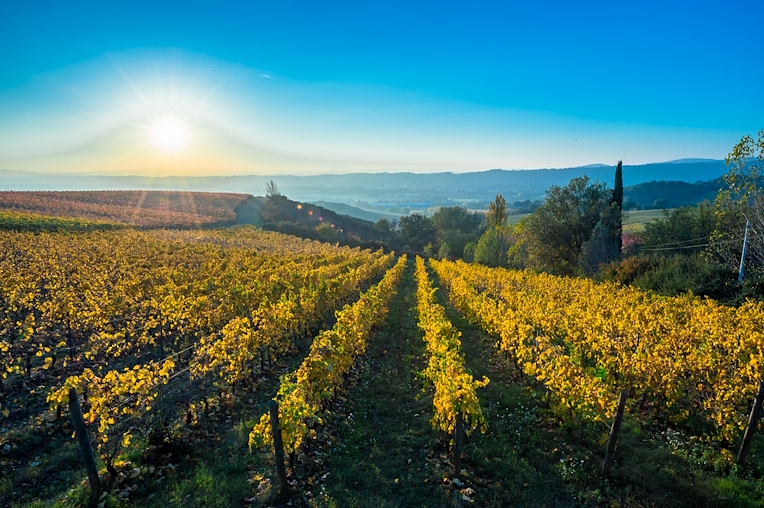Rocca del Leone
Nel borgo di Castiglione del Lago, dopo aver visitato Palazzo della Corgna, e l’omonimo museo, si entra in un camminamento coperto che porta alla maestosa Rocca del Leone. Da qui si può anche godere di un magnifico panorama su tutto il Lago Trasimeno e sulla zona circostante.
Origine e storia
La possente fortezza medievale è caratterizzata da una cinta muraria poligonale merlata alla guelfa con quattro torri e da un mastio triangolare che ha rappresentato per secoli il più importante insediamento militare sulle sponde del Lago Trasimeno.
La rocca fu iniziata nel XII secolo sulle rovine di una precedente fortificazione distrutta nel 1091 da Enrico IV di Franconia. Nel 1297 i magistrati perugini decisero di fortificare l’abitato e, l’anno successivo, deliberarono di costruire una rocca all’interno del castello per difendere al meglio gli abitanti.
Nel corso dei secoli la fortezza medievale fu oggetto di importanti interventi. Tra questi, quelli del Trecento di Lorenzo Maitani (1325) a cui si deve anche la bellissima facciata del Duomo di Orvieto, e quelli del Cinquecento, voluti da Ascanio della Corgna, con un significativo ampliamento della struttura e del palazzo signorile, oggi sede del municipio.
La Rocca venne occupata da figure importanti nella storia, tra cui il re di Germania Enrico VII di Lussemburgo (1312), e, tra signori e condottieri, Guglielmo di Beaufort (1375), Braccio Fortebraccio (1416), Giampaolo Baglioni (1503), Ascanio I Della Corgna (1550), Diomede I Della Penna (1596).
È durante la residenza di quest’ultimo che il palazzo signorile viene chiamato “gli orti di mecenate”, diventando sede di un vivace salotto letterario. Nel 1647 passò sotto la giurisdizione della Camera apostolica e nel 1860 al comune di Castiglione del Lago.





















.jpg/ccb33cc7-ccc5-8b2b-1ed4-deda6003f4f3?width=456)












